Filipe Caldas de Vasconcellos took the farm that has been in his family's hands since 1810 and turned it into a producer of distinctly Algarve wines, between the tradition of grape varieties and the innovation of experiences and results.
Morgado do Quintão, created by the 1st Conde de Silves, his ancestor, is located in a municipality with great wine traditions, Lagoa, overlooking the Monchique mountains, in the background, but under the influence of the salty ocean air. Atlantic, which is just five kilometers away. All of this, together with the sandy soils and the investment in Algarve varieties – black-soft and crato – gives rise to wines that reflect the freshness and Atlantic salinity of its wine. "terroir".
Filipe took the tradition of Morgado do Quintão – the 40-year-old vine, with black-mole vines, as well as the 80-year-old white crato vine planted in the ground – and, with the help of oenologist Joana Maçanita, has I have spent recent years creating different wines, which are beginning to conquer the most demanding markets.
Last week, Filipe and Joana were the hosts of a restricted group of journalists, where the Sul Informação integrated, to make known Morgado do Quintão, which is asserting itself as one of the pioneer producers in the revitalization of the Algarve wine tradition.
On a walk through the vineyard, in the morning, with the heat already tightening, Filipe challenges: «If you can find another vineyard that is 40 years old or around 80, like ours, here in the Algarve…». Since the 60s of the last century, the vineyards in the region have suffered competition from tourism and real estate – many have been transformed into tourist villages, others into golf courses, others have been destroyed to remove the precious from them. sand for construction. Hence, an Algarve farm where the vines are 80 or 40 years old is a rarity.
Rarity is also the caste itself. Joana Maçanita explains that “you will never taste a black mole wine from any other place than here, in the Algarve region, because it doesn't exist anywhere else. Here we have something very special!».
The winemaker adds that “we are talking about less than 0,1% of the vines in the Algarve, that is, less than 0,1% of the Algarve's vines are black mole. We are talking about a variety that is practically finished. And we want to keep it».
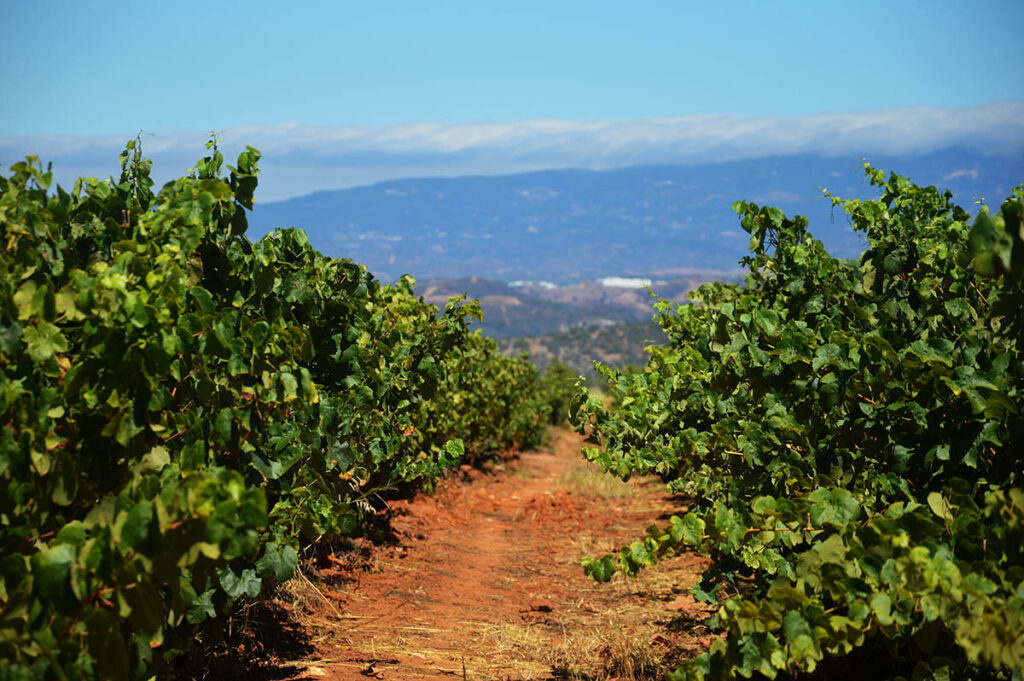
In Morgado do Quintão, which has a total of 60 hectares, there are currently seven hectares of black mole, another six of white crato and other varieties, such as castelão. In the old vineyard in Crato, “our winegrower, when he arrived here, said he was going to pull it up. But I told him not to touch this vineyard», says Joana Maçanita.
Filipe Caldas de Vasconcellos points to the old vines, still disorganized, some dead, and admits that “it is a low-productive vine”. But it guarantees that what is lost in productivity is gained in quality. As will be seen in a moment, in the wine tasting.
«When we are asked if we are going to do something new, we want to try to get some other varieties that, practically, do not exist in the Algarve, they are only found in one or another vine, mixed in the test fields that still exist. And we want to try to bring these varieties from here», says Joana.
Filipe Caldas de Vasconcellos repeats: «we only want varieties that have a history in the Algarve, that is, we are not going to bring Chardonay. They are always varieties that have been in the Algarve for over 100 years and we are going to bring them to complement the ones we have».
Both point out that Morgado do Quintão bets on the two oldest grape varieties in Portugal: white crato (which is known in other regions as síria, roupeiro, codega, etc.), the oldest of all, and black mole, the second oldest, and, on top of that, it's autochthonous to the Algarve. «Everyone talks about the Douro, which is a reference, antiquity, history. But, long before the Douro, we were already making wine here in the Algarve».
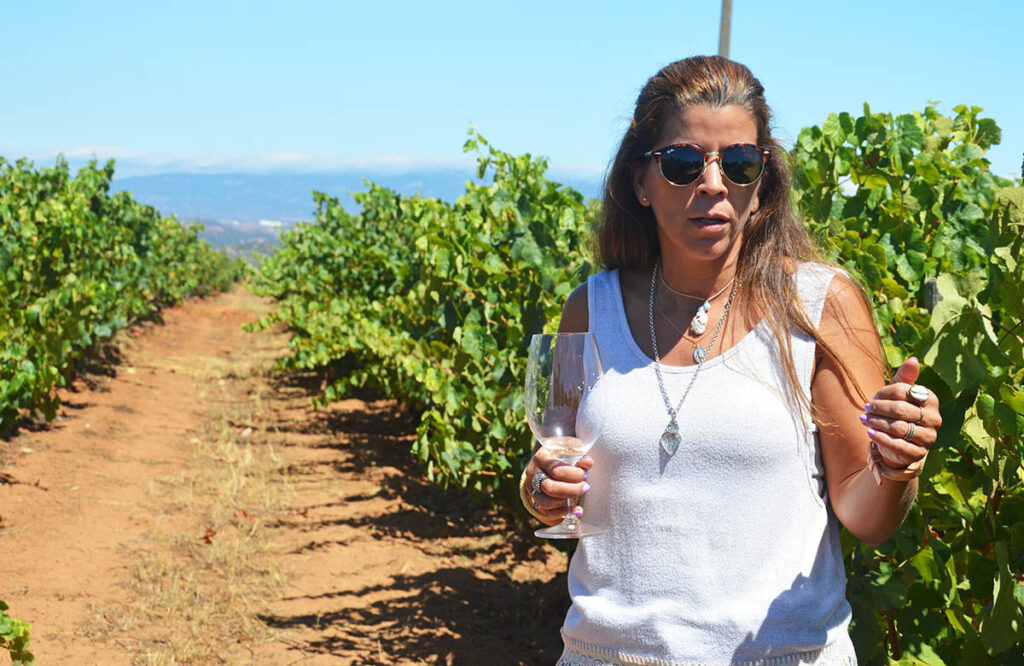
Joana Maçanita, who is an oenologist from other Algarve estates, but also has projects in the Douro, admits that, nowadays, «it is difficult to think of the Algarve as a wine region. I think people don't have this chip in the head". This despite the region having millenary traditions of wine production.
To counteract this idea – which even in the Algarve itself is rooted, namely among consumers and in restaurants –, Filipe decided to bet on tradition, but giving it a strong touch of innovation. «We did two very important things here: what was here was kept, not destroying it. And then, in the two wines that we launched, which were Palhete and Clarete, in the end, we relaunched what was the Quinta's winemaking experience».
Joana Maçanita recognizes that the new techniques applied to wine production “help in several issues”, but argues that “the most important thing is that the mind is no longer small. I think that more and more we are 360º, more and more we believe that fish can be grilled only with salt, but it can also be with a reduction of something else. And it's not the grilling that's good and the other isn't. There is a whole range of possibilities to prepare the raw materials», whether in gastronomy or in wines.
Before, recalls the oenologist, “people only wanted concentrated red wine with alcohol. And the soft black caste didn't know how to do that. So it wasn't the right caste. Now, if you ask me what is the best sparkling wine I've ever made: it's soft black, white with paint, soft black! There is so much that this variety can do and it is not just a concentrated red from the Douro, Bordeaux, Rioja, as it was supposed to be of quality. Those were the references».
In the Algarve, in the 40th century, from the 50s and XNUMXs onwards, vines remained an important agricultural activity, thanks to the birth of cooperative wineries, of which there were four – Lagoa (the most important), Portimão, Lagos and Tavira. There were also private producers – the Bempatia and Cramujeira wineries, in Lagoa, were among the best known. But the cooperative wineries began to have financial problems, they did not pay the winegrowers, the vineyards suffered competition from construction and tourism, the quality of the wines, which had never been very high, plummeted. At the turn of the century, there was only one winery left, that of Lagoa, which brought together all the others and was renamed Única.
In response to the decay of the cooperative and giving rise to a resurgence of interest in viticulture, private farms began to emerge. In 2010, there were already 12 private producers, now there are around fifty. «There is a movement to believe, believe in the Algarve and understand the potential» of wine in the region, stresses the oenologist Joana Maçanita.
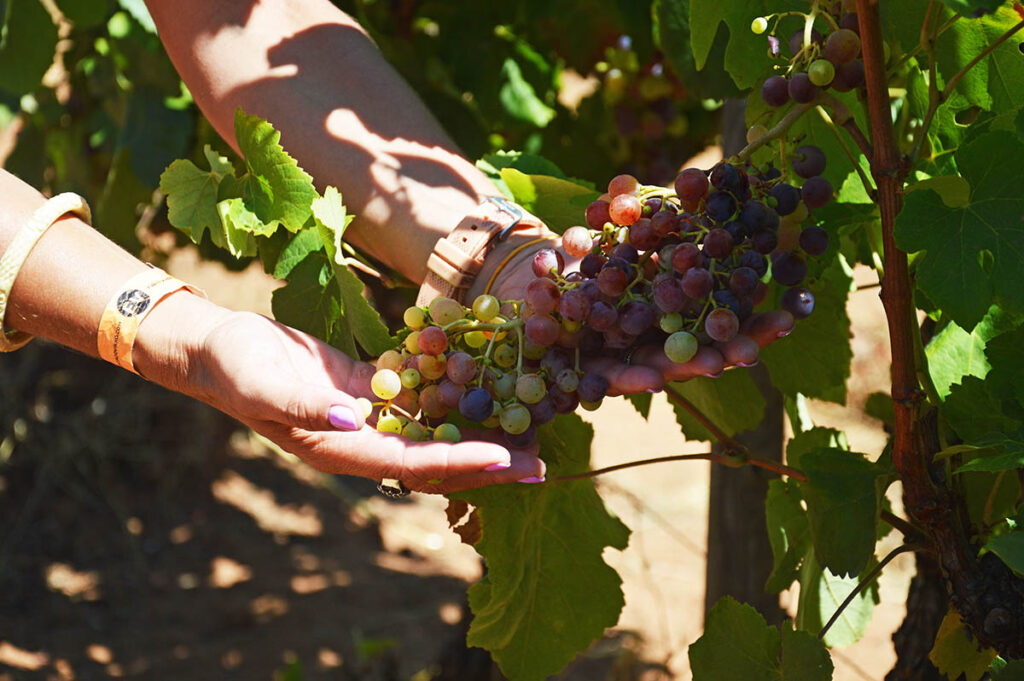
Continuing to stroll through the vineyard, with the bards wired and ordered despite her 40 years, the oenologist holds a bunch of soft black grapes, to show journalists: «to have bunches, reds, whites and rosés in the same bunch. It's the most diversified variety I've ever known», she guarantees, enthusiastically.
«I can make red wine with this, I can make white wine, I can make sparkling wine, it's an endless number of things we can do with the soft black woman», he lists.
Therefore, he adds, «what Morgado do Quintão is transmitting is that Algarve is soft black. Algarve is tradition. Just like when we think of Provence, we think of rosé. Our goal is that, 20 years from now, when we talk about Algarve, we are talking about black mole. And it's not just the critics or the experts, it's everyone. We know that when we go to Bucelas we are going to drink arinto. It is something that is already in us. In Alentejo, we already know that we are going to drink alicante bouschet, trincadeira. In the Douro, the tourigas. In the Algarve, the soft black woman. I want that, in 20 years, there is no doubt that this is the region of the mole!».
Taking into account the geographical location of the Algarve, this is where the harvest starts earlier, nationwide. Joana Maçanita recalls that «the Algarve is influenced by two factors: the Atlantic, and you will feel it in the salinity of the wines, but also the influence of the North African winds, which heat up the region. We are, without a doubt, from the regions that start to harvest earlier and that means that we are an early region, but not really hot. We are sunny, but without being hot like the Alentejo».
Hence, in Algarve lands, the harvest of white crato starts around 5 September, but it may even be necessary to start earlier, in August.
Interestingly, winemaking is not done on the farm. In other words, at Morgado do Quintão there is, for the time being, a winery, and the wine is made at the premises of other producers, at Quinta da Vinha, in Silves, and at Adega João Clara, in Alcantarilha.
But Filipe Caldas de Vasconcellos, proving once again that he is not able to think small, announces: «We are now doing a project with the architect Aires Mateus and we are going to build a small winery to vinify just a few wines. It will be the family winery».
Currently, Morgado do Quintão produces 20 thousand bottles a year, having started with 3 in 2016. «He is very scared. I always say we're going to triple it and he's scared», jokes oenologist Joana Maçanita.
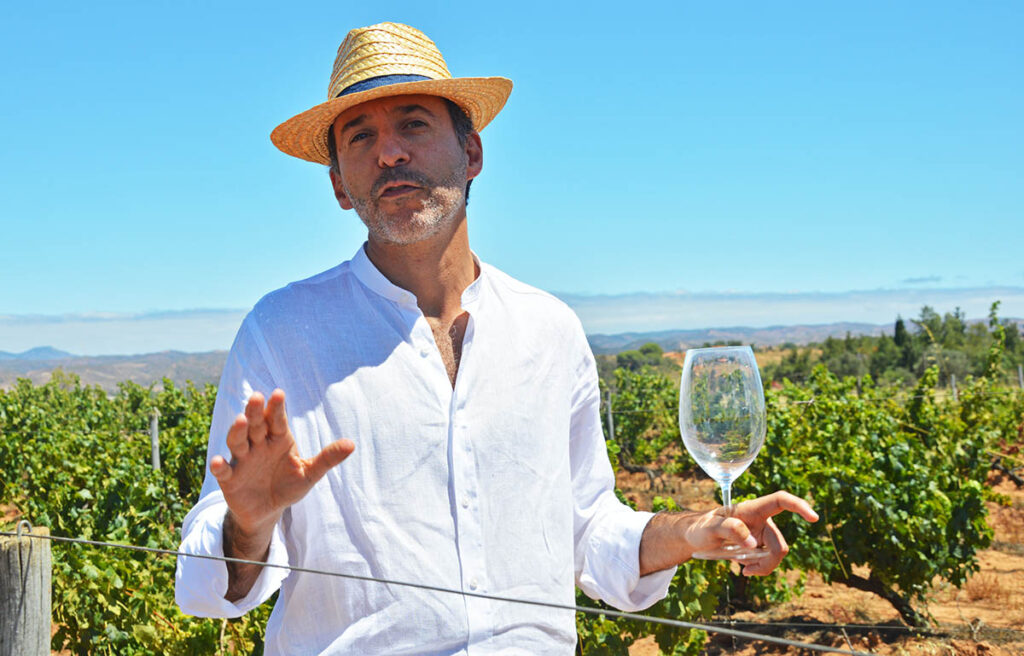
Its market is mainly outside the Algarve, which only represents 15% of sales (it can be found in wine stores and Apolónia supermarkets). The rest is sold outside Portugal (50%) and to the rest of the country (35%), mainly in specialized wine stores and restaurants premium.
But Filipe confesses that he wants to grow up in the Algarve. “We actually think that the Algarve market is important. It doesn't make sense for a producer in the Algarve, who speaks in the Algarve and wants to recover the Algarve, after only being in London. But we also want to be the producer who shows the potential of the region and who is not afraid to take these wines to Paris, New York, to Lisbon… But there is a fact that I think is important for you to know, is that only 3% of the wine which is sold in the Algarve, which is a region that consumes around 25% of the wine in Portugal, only 3% is from the Algarve. In the menus of Algarve restaurants, there is very little Algarve wine. This is my battle. They may not put mine, but put Algarve wine on the menu at restaurants in the region!».
Morgado do Quintão, as part of its commitment to sustainability and a return to its origins, is in the process of organic certification, not using herbicides or pesticides in its vineyards for three years. In addition, it vinifies with a logic of low intervention in the cellar. «Our wines are not interventionist», guarantees Joana Maçanita, adding that the philosophy involves «more land and less man».
As it is very versatile, the soft black variety is used to make some of the most iconic wines on the estate, such as Palhete (co-fermentation of Negra Mole and Crato Branco) and Clarete. Also the most recent novelty – Branco de Tintas – took advantage of the potential of this variety, presenting itself in a highly complex and elegant wine.
In a farm where each vine is cared for and used, there is even what those responsible call “the crazy vine”. It is a vineyard «with its 60, 70 years», which was left untended for a long time and which, as the vine is a climbing plant, climbed through the neighboring centenary olive trees above. But its grapes (mostly white crato, with a bit of soft black and boal) are harvested and even give rise to two of the most interesting wines of Morgado do Quintão: the White Curtimenta, launched in March last year ( 990 bottles) and the Special White, launched in 2018 (1020 bottles).
Basically, it is the realization of what both Filipe and Joana have been referring to throughout the day: their need to «do things outside the box, to experiment».
These two wines were tasted by journalists in the large room of the main building of the farm, reserved for the family (the Morgado do Quintão also has two other houses of local accommodation, occupied throughout the year mainly by foreign tourists).
But the tasting began with Branco de Tintas '20, launched in April and with a small production of just 830 bottles, which, according to oenologist Joana Maçanita, proves to exhaustion that «you don't need to pull black mole [which, in theory, it is a red variety] to make whites».
This was followed by Palhete '19 (with the soft black and white crato), Clarete '19, a soft black red, the '20 White de Amphora, a mixture of crato and soft black varieties, the Tinto de Amphora '20 (castelão and black mole), both launched last April, the Branco Vinhas Velhas'10 (white crato, from that vine aged 80 years), and, almost at the end, the two aforementioned whites made from the «crazy vineyard» .
As for the White Vinhas Velhas'10, the oenologist pointed out that “this wine and the wine from these grapes is not replicable, it has its own identity. It belongs to the variety, location and age of the vineyard».
To round off the tasting, a surprise: the first sparkling wine from Morgado do Quintão, made with 100% soft black. It is a wine that is still in the cellar, being prepared to start being bottled and that should only be released on the market «at the end of summer or before Christmas». A sparkling wine that smells of soft black, dry and with some salinity. In other words, an excellent shot, showing the correctness of Morgado do Quintão's bet on wedding, not always easy, between tradition and innovation.
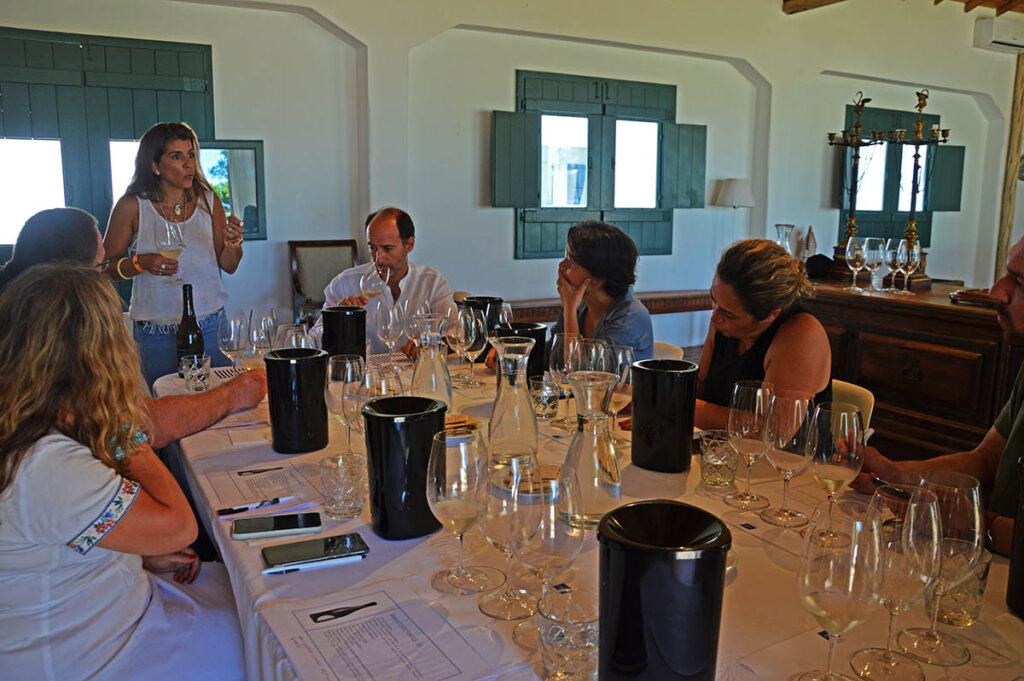
Click here to access the Technical Sheets Morgado do Quintao wines
a women's farm
Since the death of his mother, the artist Teresa Caldas de Vasconcellos, Filipe, with a solid international career in the world of management, has been responsible for the fate of Morgado do Quintão.
But this has always been, as he recalls, a farm very linked to women. Just see that the oenologist is Joana Maçanita. “It's funny that this farm has always been mostly run by women. Before it belonged to my mother, it belonged to an aunt of hers who had no children. That typical Portuguese story, of three ladies who live together and have no children, one of them was called Teresa, it was like that. business woman, came from chauffeur from Lisbon, I would arrive at the farm and put on some boots… Then it was this Aunt Teresa who left the farm to my mother, who was also called Teresa». And his mother ran the Morgado for a decade and a half.
«I have correspondence from my great aunt Teresa to the people who managed the farm at the time, typed, in which she asks things like “how are the harvests going?” and someone answers her... The conversations she had are the same as I have today for whatsapp. The concerns are the same…I'm just another one in this chain».
Filipe Caldas de Vasconcellos supported the creation of a minimalist and modern aesthetic for the brand. Some of the bold colors and shapes that distinguish Morgado do Quintão wines were designed by plastic artists, including Teresa Caldas de Vasconcellos, his mother.
Morgado promotes artistic residencies, and many of the labels have been created by some of the artists who pass through the farm. «Every year we go to the archive and take a piece from the mother's archive to illustrate a wine. The mother makes one of the labels and the plastic artist makes another, and, deep down, it's a conversation between an artist who is linked to the place, although she is no longer alive, and an artist who comes to connect to the place».
Even in this, Morgado do Quintao is innovative.
In 2019, before the pandemic, they also started to promote wine tasting, which has been a success. In that first year, they had 3000 people in these tests. To participate, just pay attention to the social networks and the Morgado do Quintão website.
The wine tastings give more substance to the farm's parallel commitment to rural tourism, which helps ensure its economic sustainability.
There, between the sea and the mountains, with the wind in the leaves of the vines and the smell of fig trees, in the shade of centuries-old olive trees, with a glass of White Paint '20 in hand, Morgado do Quintão shows its soul of historic farm where today you can also breathe contemporaneity.
Photos: Elisabete Rodrigues | Sul Informação (except where indicated)
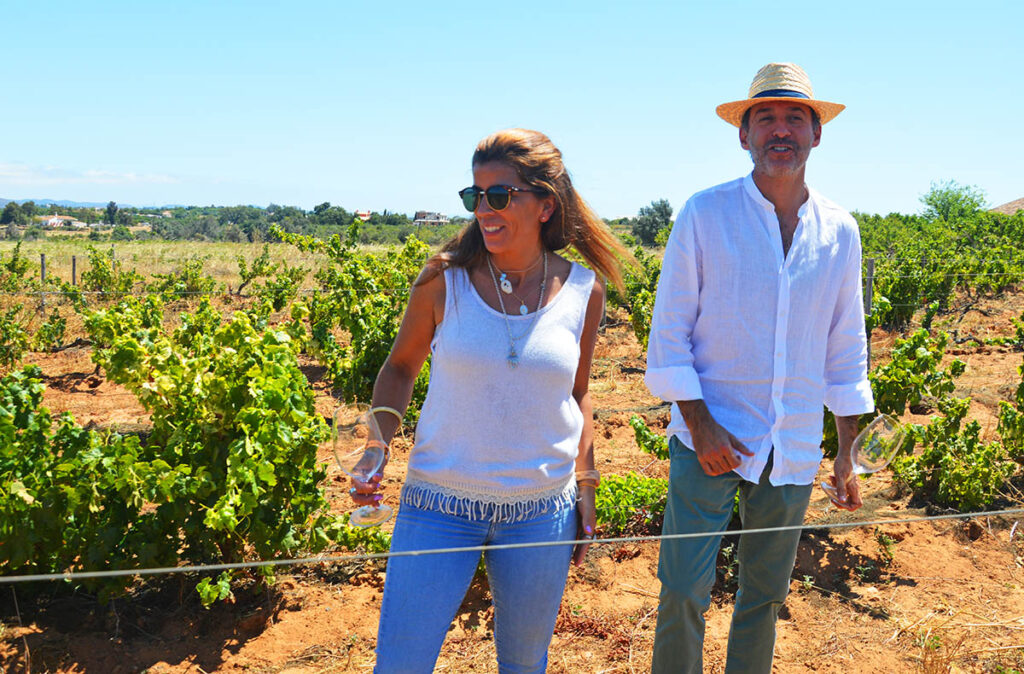
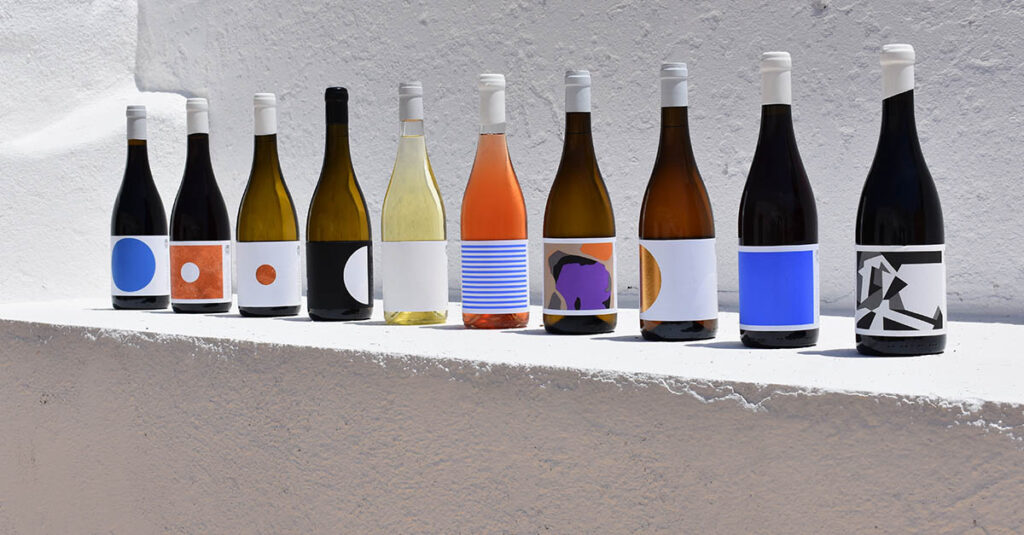
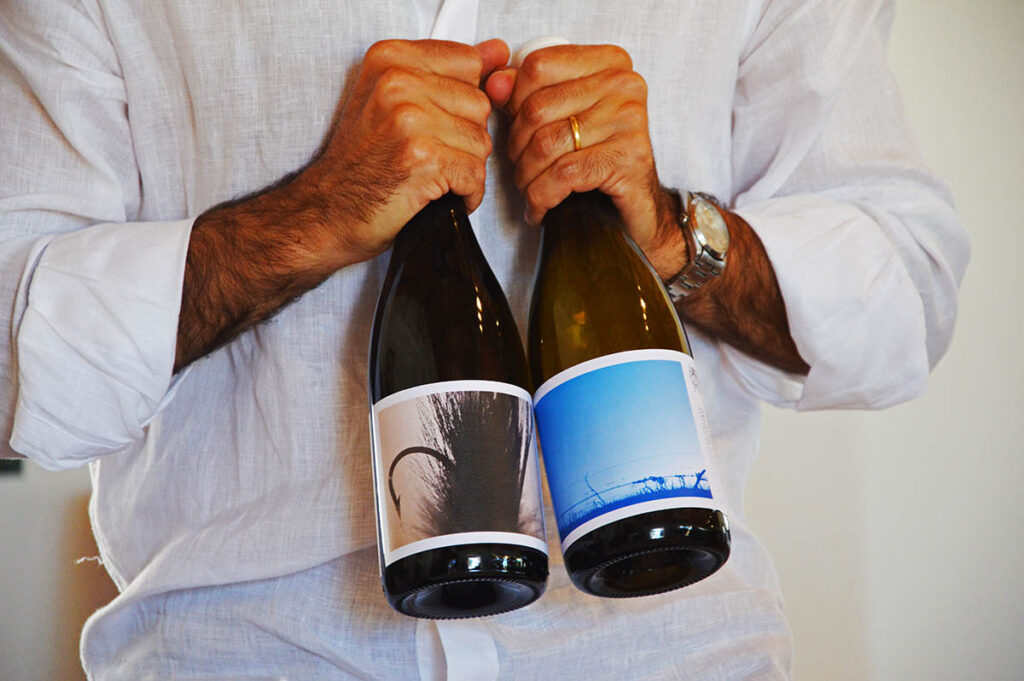
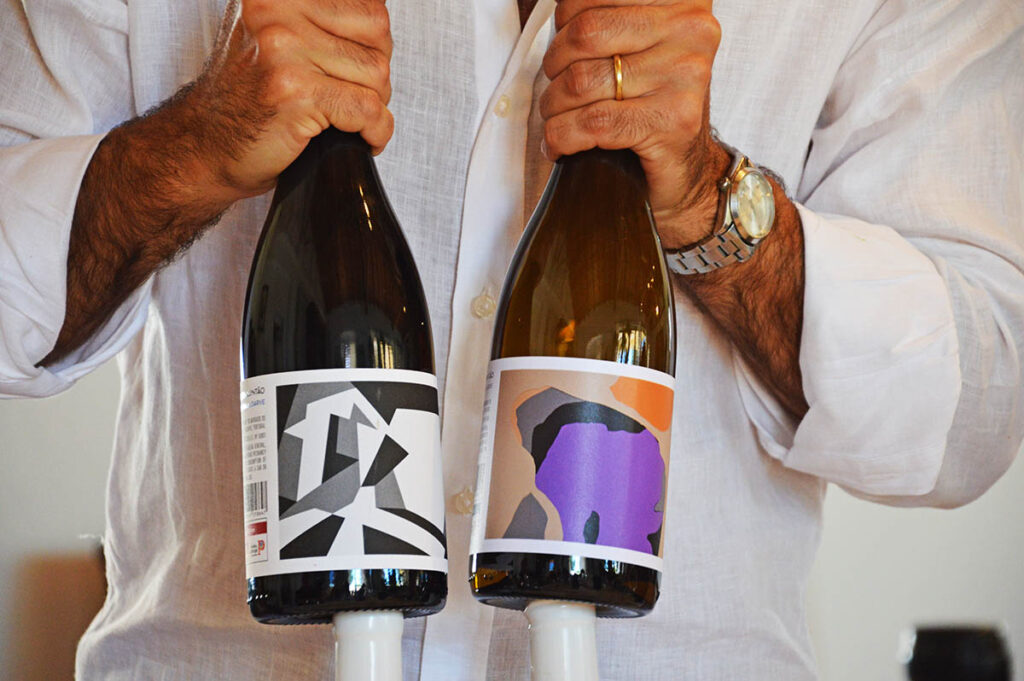
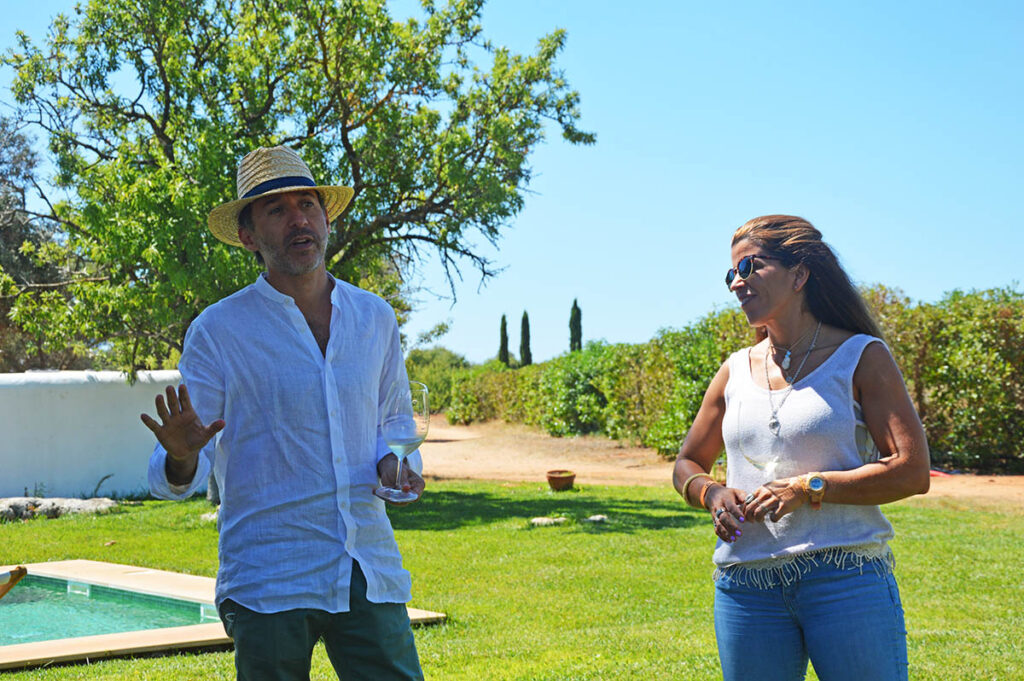
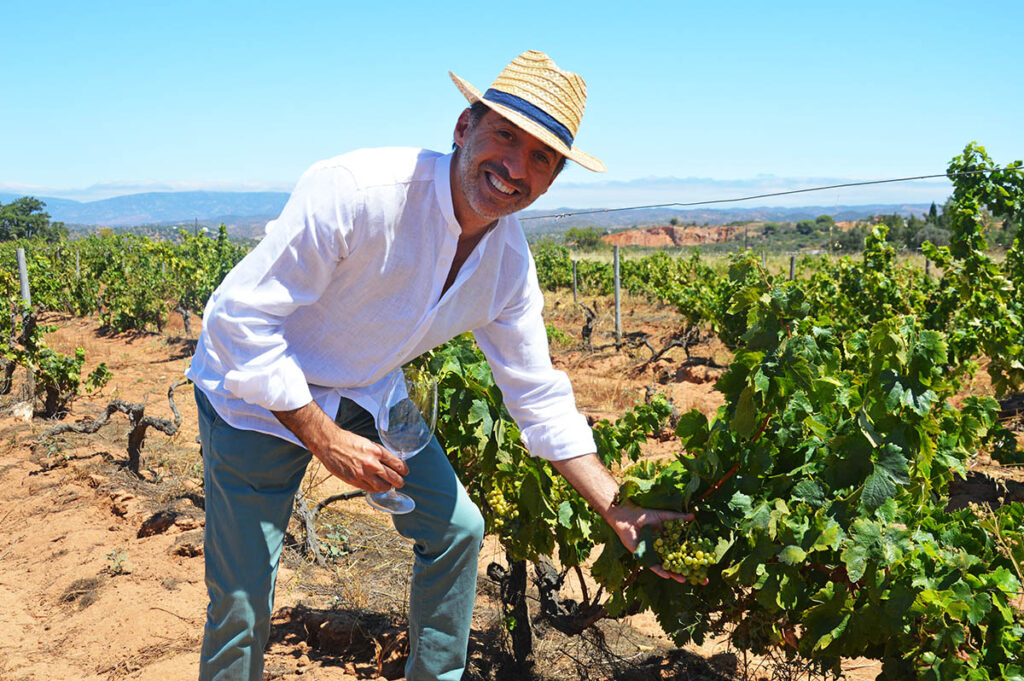
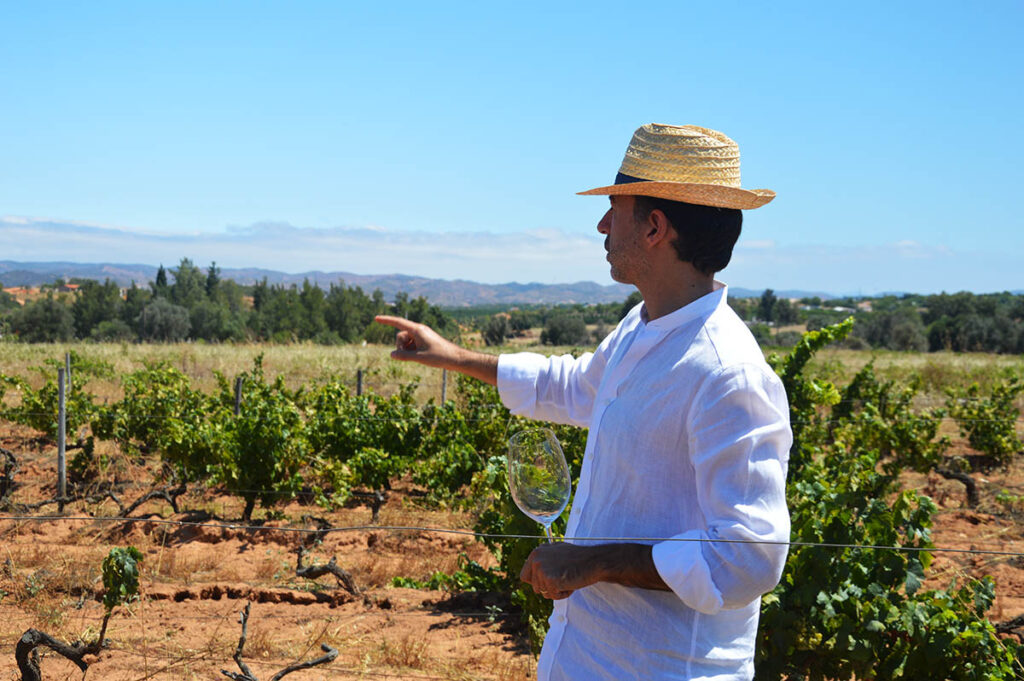
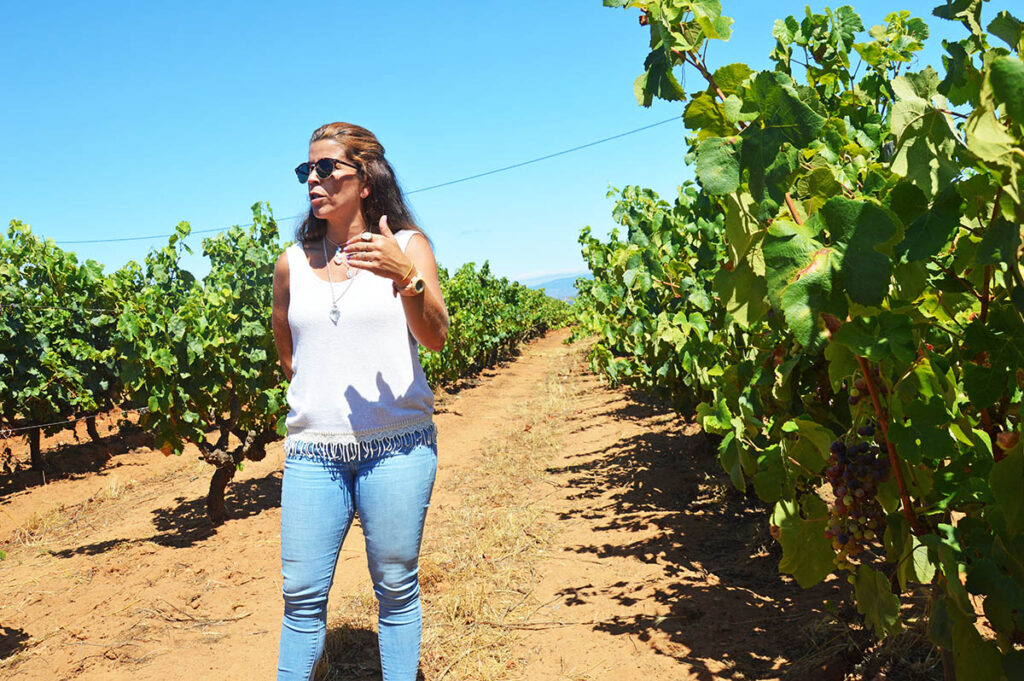
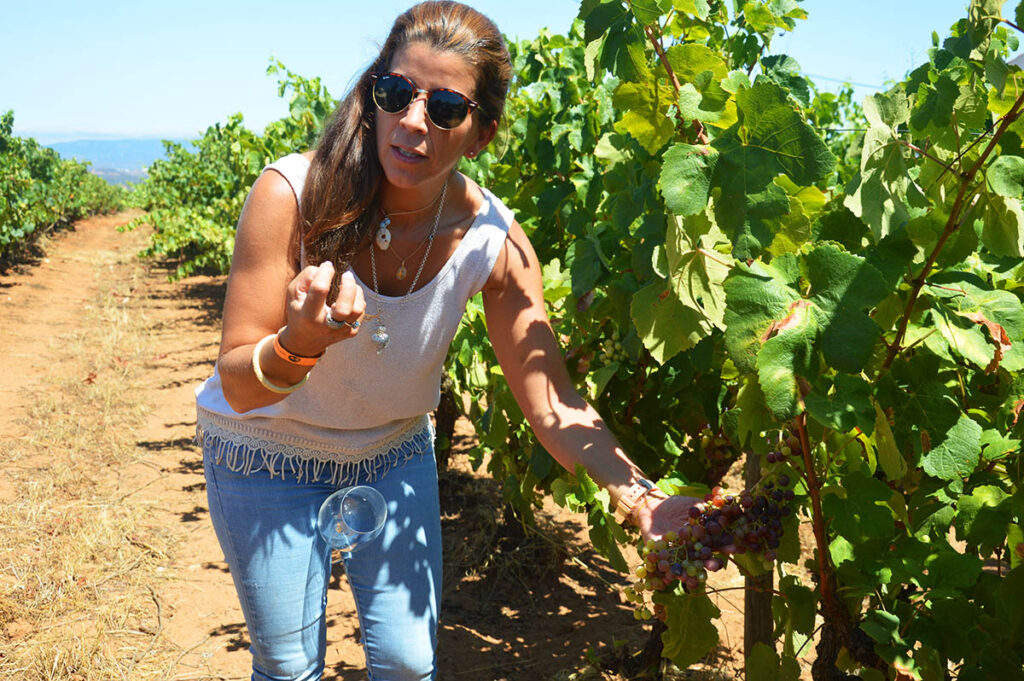
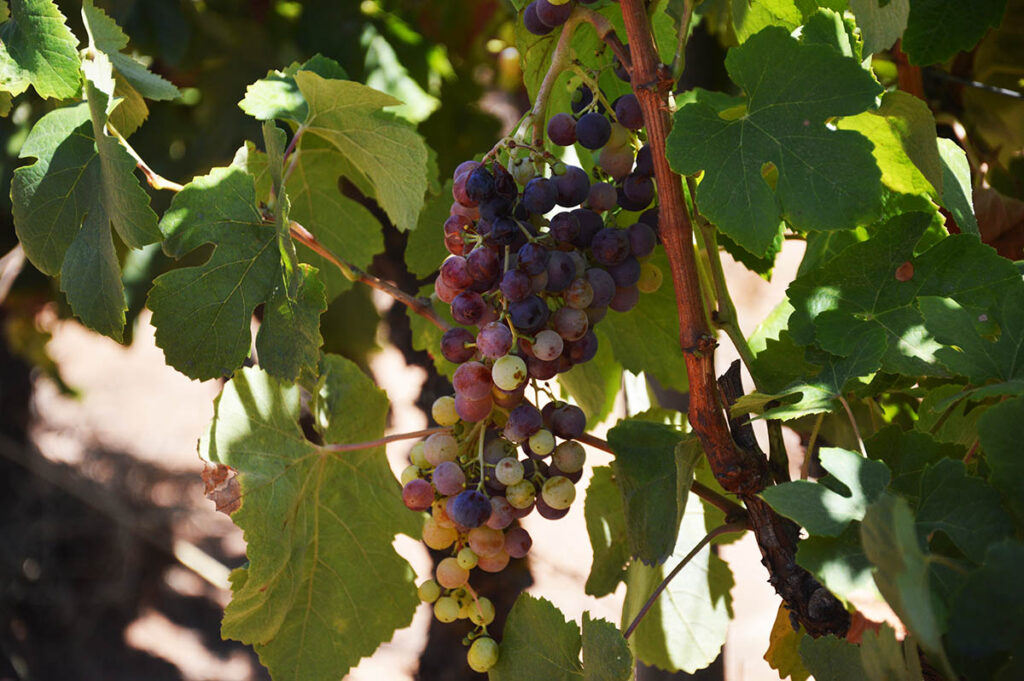
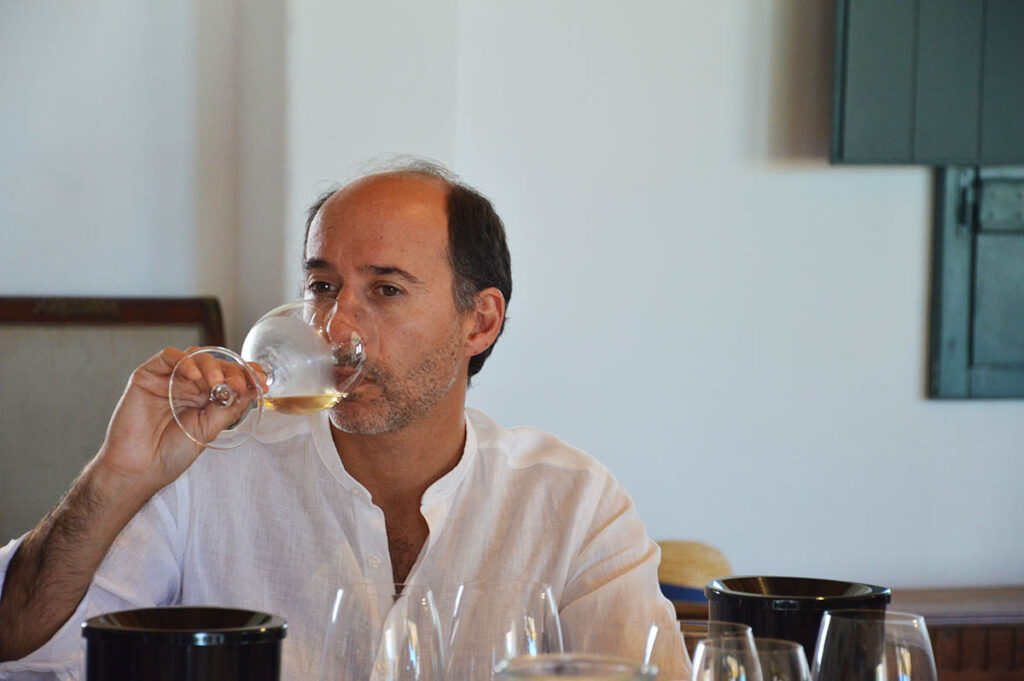
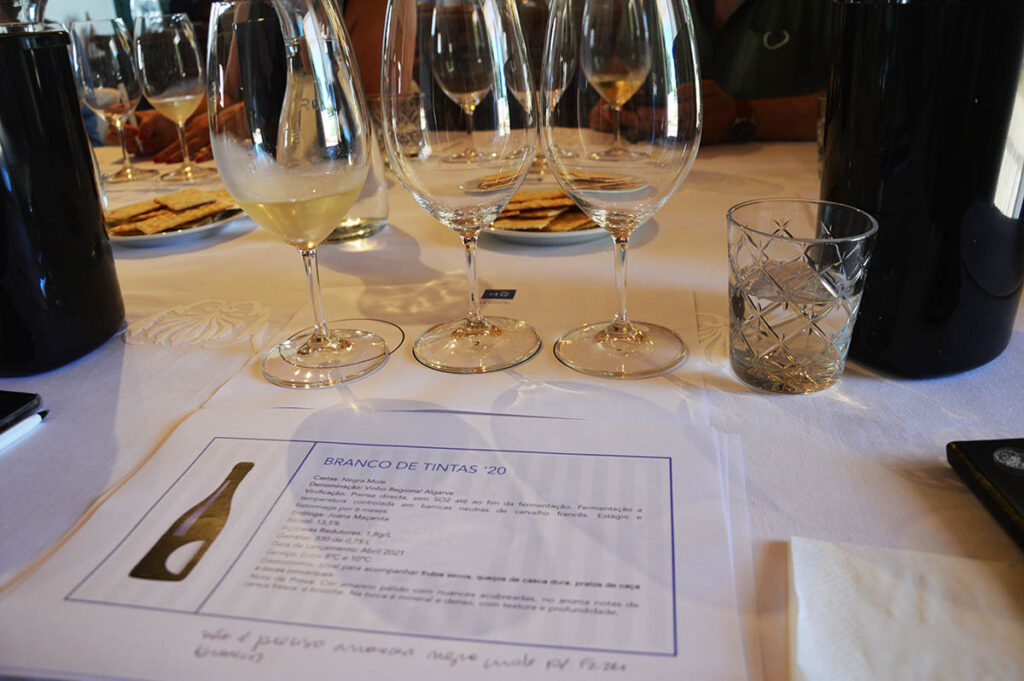
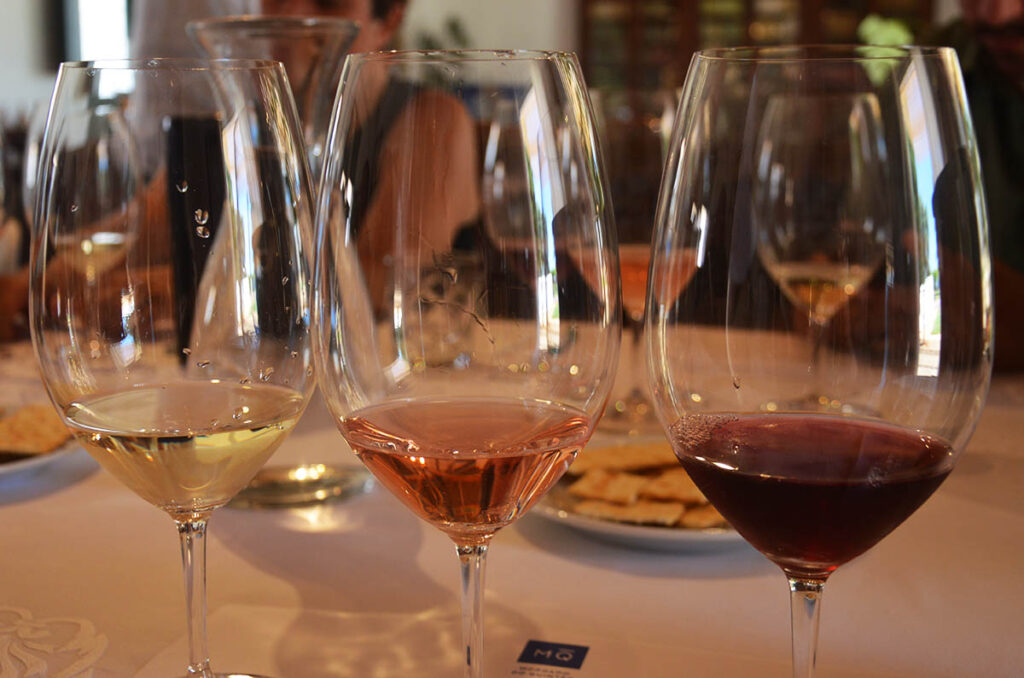
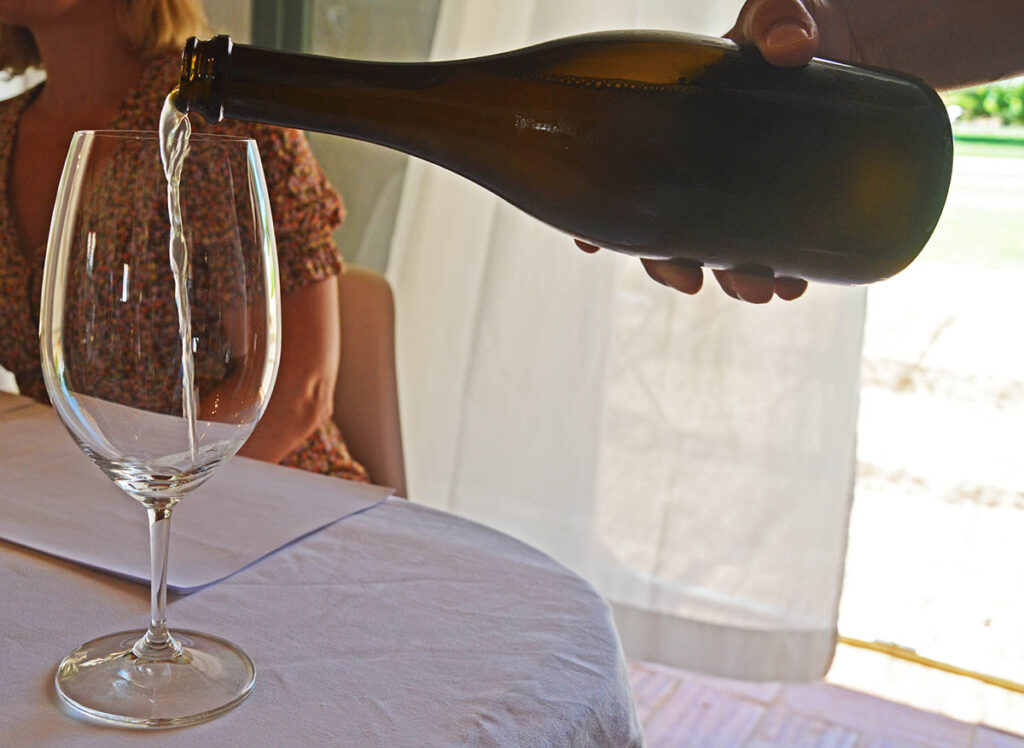
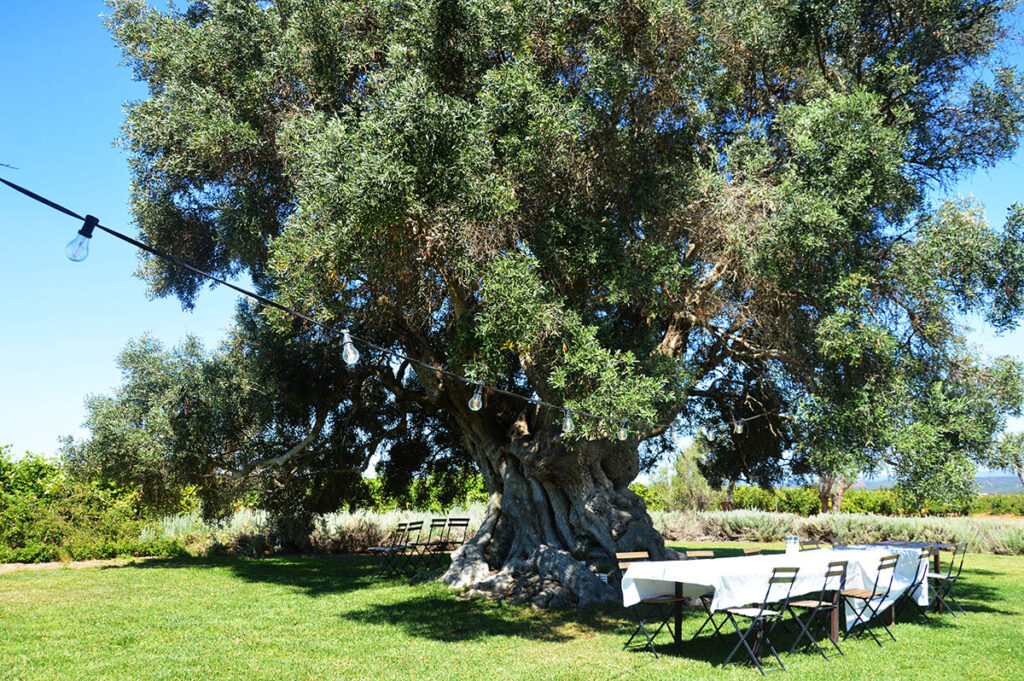
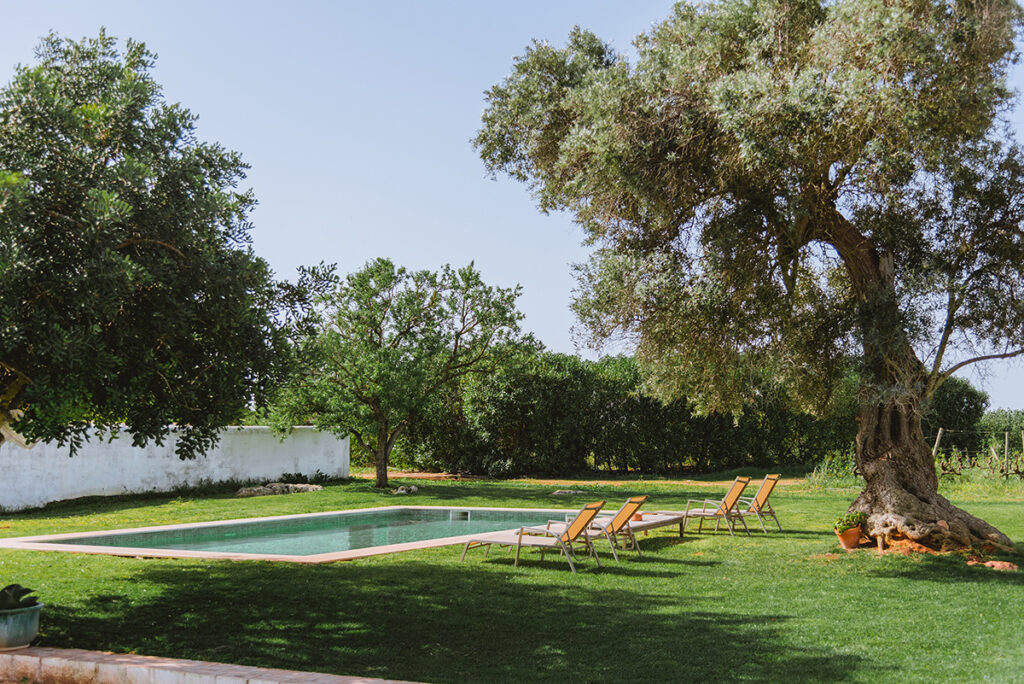
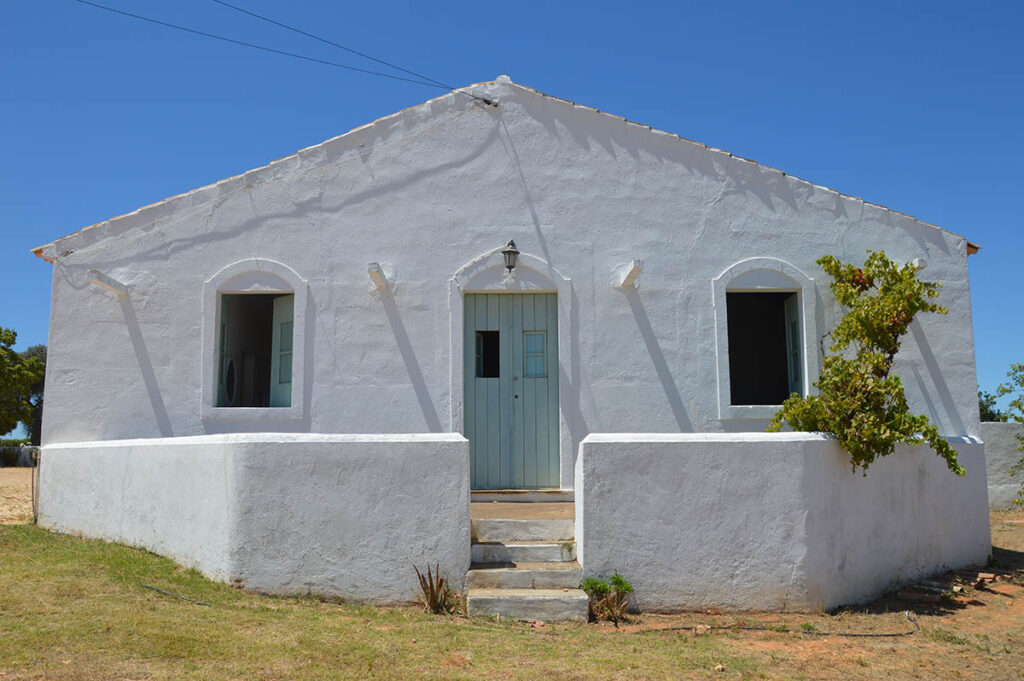
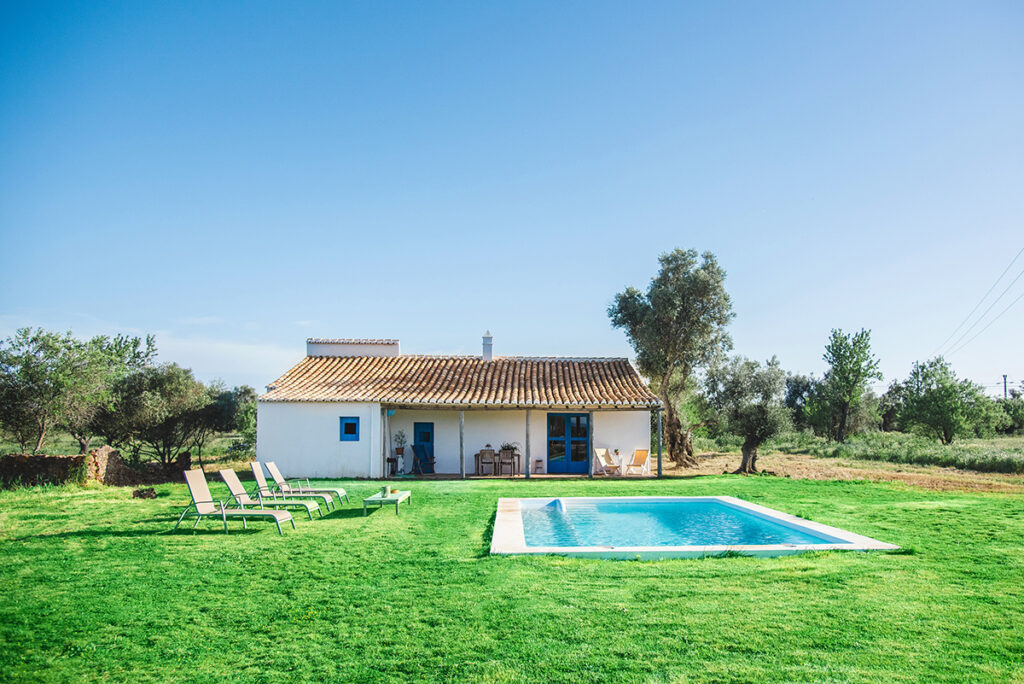
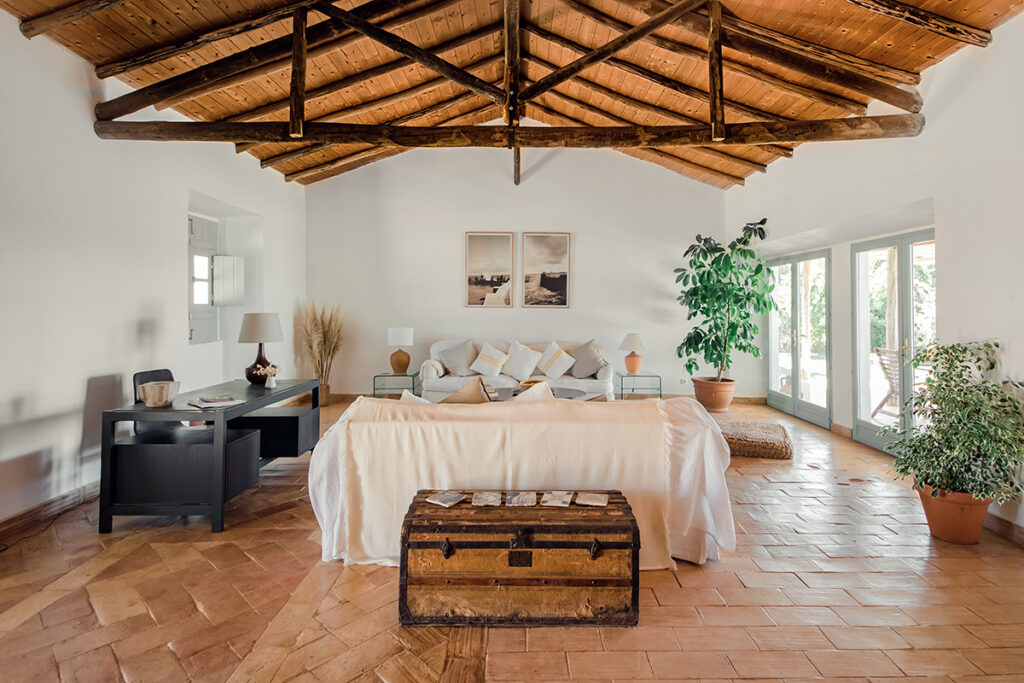












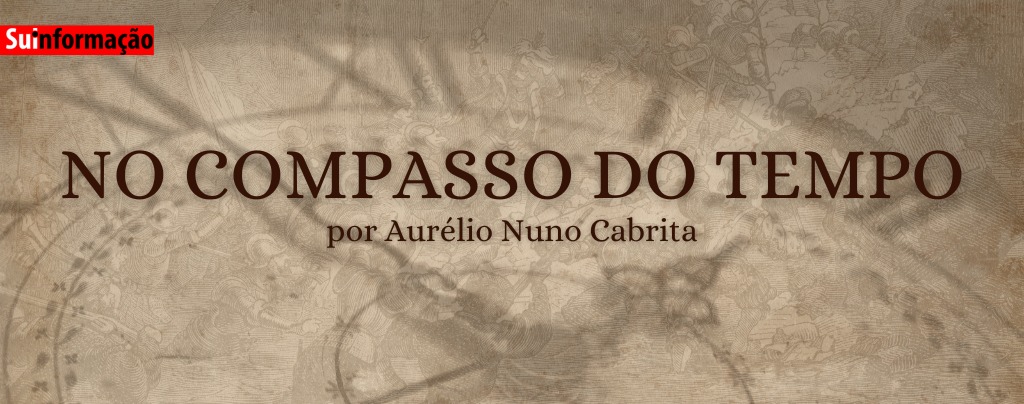
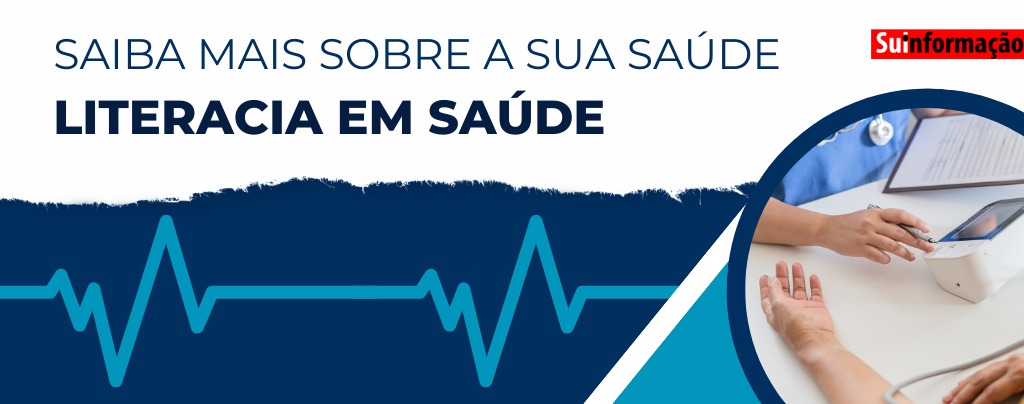
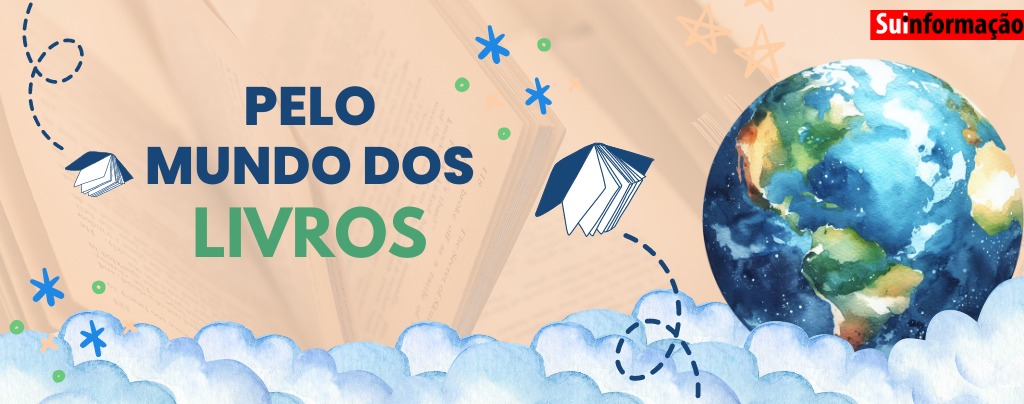



Comments